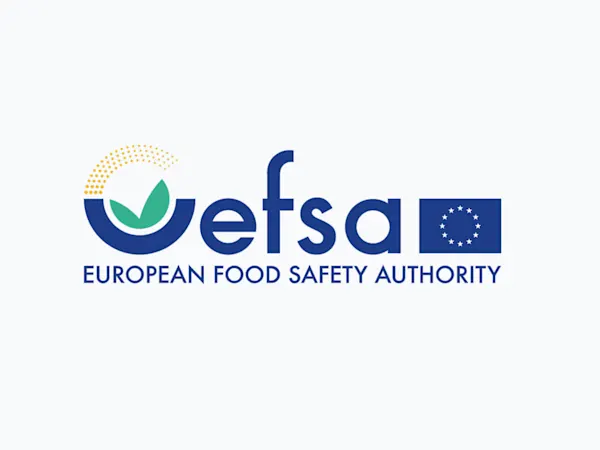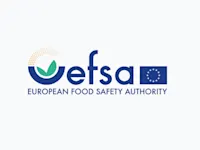
EFSA Seeks Feedback on Overhaul of Weight of Evidence and Biological Relevance Guidance
EFSA launches consultation on updating its Weight of Evidence and Biological Relevance guidance, aiming to streamline chemical risk assessment practices.


Germany’s Federal Environment Agency (UBA) has proposed new Environmental Quality Standards (EQS) for TNT contamination in the North and Baltic Seas, following a comprehensive risk assessment under the CONMAR-Impact project. The move addresses increasing ecological and human health concerns posed by historic munitions dumped in marine environments during the 20th century.
Led by the UBA in collaboration with the Institute of Toxicology and Pharmacology (UKSH), the CONMAR-Impact study forms part of the broader CONMAR initiative (Concepts for Conventional Marine Munition Remediation). Researchers focused on the ecotoxicological impacts of munition compounds (MC), particularly TNT and its metabolites, 2-ADNT and 4-ADNT, which showed high toxicity in laboratory tests using marine diatoms.
Laboratory exposure studies using the diatom Skeletonema marinoi revealed TNT to be the most ecotoxic compound among those tested, followed closely by its metabolites. Diatom yield and growth rates were significantly inhibited at concentrations well below 100 µg/L, indicating a heightened ecological sensitivity.
Due to cultivation challenges with the second test species (Phaeodactylum tricornutum), the UBA focused on S. marinoi, which demonstrated consistent and measurable responses. The species’ high sensitivity to TNT and related compounds supports its relevance in ecotoxicity benchmarking.
The UBA derived EQS values for TNT across water, biota, sediment, and human exposure pathways. These include:
Because TNT metabolites such as 2-ADNT and 4-ADNT exhibit similar toxic profiles, their concentrations may be assessed additively under the same EQS for TNT.
The findings have wide-reaching implications for the offshore energy sector, fisheries, shipping, and marine infrastructure projects. Should the proposed EQS be adopted at the national or EU level under the Marine Strategy Framework Directive (MSFD), stakeholders may face new monitoring obligations, remediation costs, or usage restrictions in historically contaminated areas.
The UBA’s dataset has already been integrated into ChemInfo, the federal chemical database, and is intended for peer review by the MSFD Expert Network D8/D9. If accepted, these EQS values could form the basis of a legally binding standard for assessing TNT in marine environments.
The follow-up project aims to establish a national MSFD D8 indicator for munition compounds and promote the proposed EQS through OSPAR and HELCOM platforms. A final decision on legal enforcement will depend on stakeholder feedback and international acceptance.
Foresight continuously tracks 1000s of sources and maps updates to your portfolio:




EFSA launches consultation on updating its Weight of Evidence and Biological Relevance guidance, aiming to streamline chemical risk assessment practices.

The Netherlands refines its list of potential ZZS chemicals to better align with EU assessments, boosting early detection and regulatory foresight.

EFRAG’s revised ESRS Exposure Drafts slash mandatory data points by 57%, opening a 60-day consultation to streamline CSRD compliance.
Subscribe to Foresight Weekly and get the latest insights on regulatory changes affecting chemical compliance.
Free forever. Unsubscribe anytime.
Read by professionals at